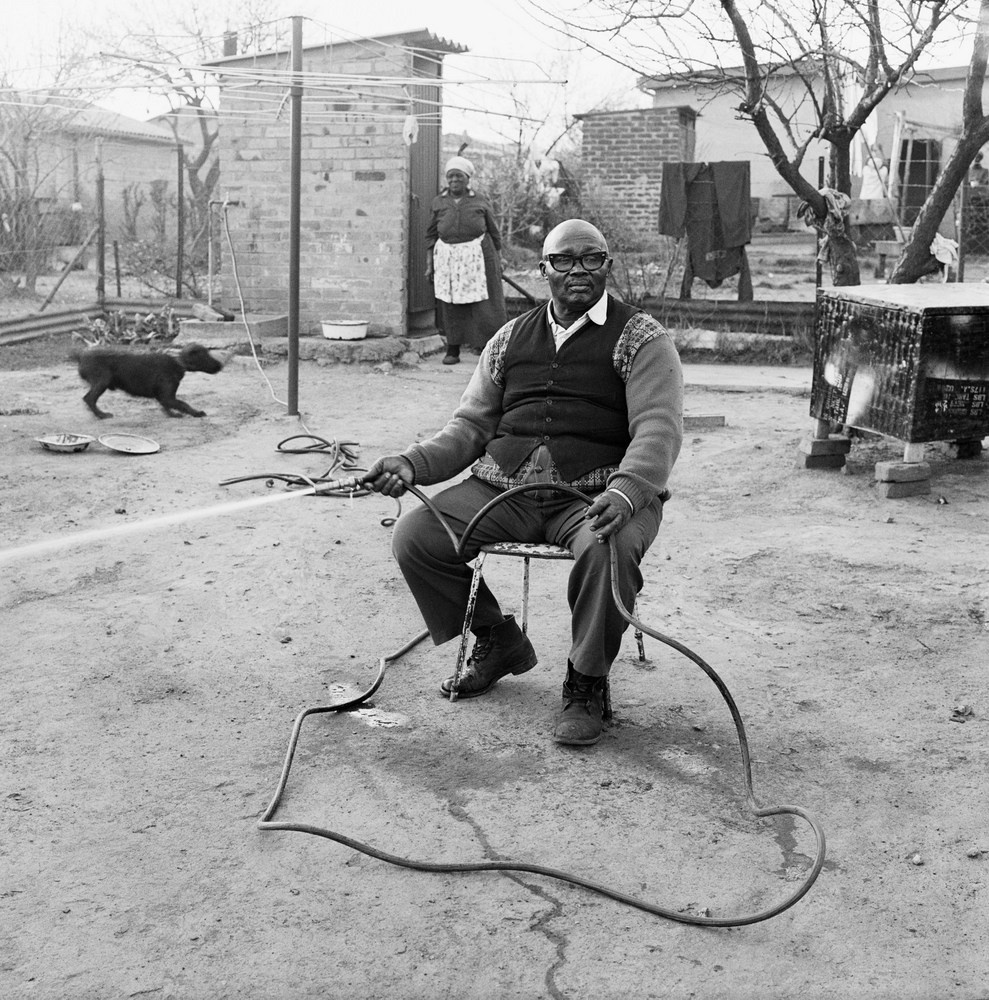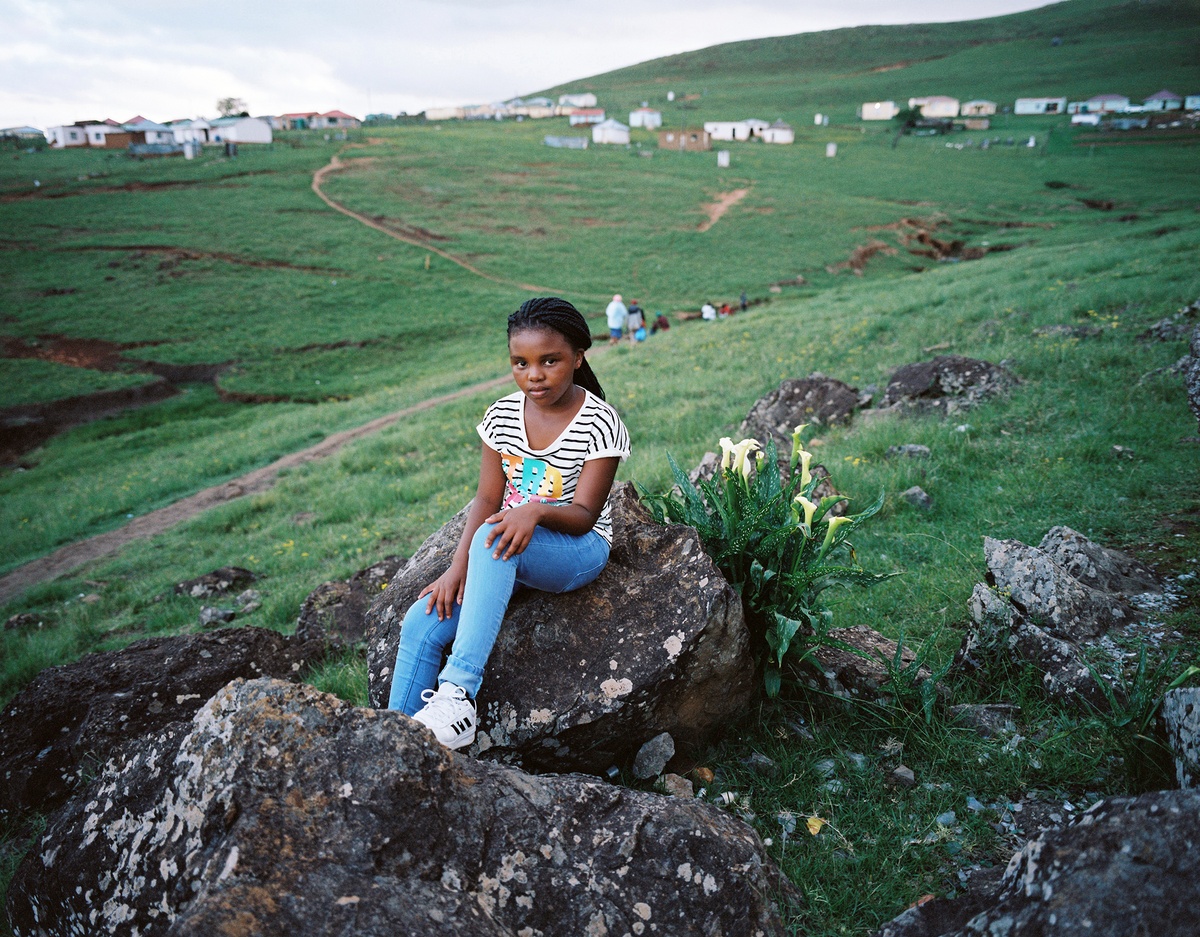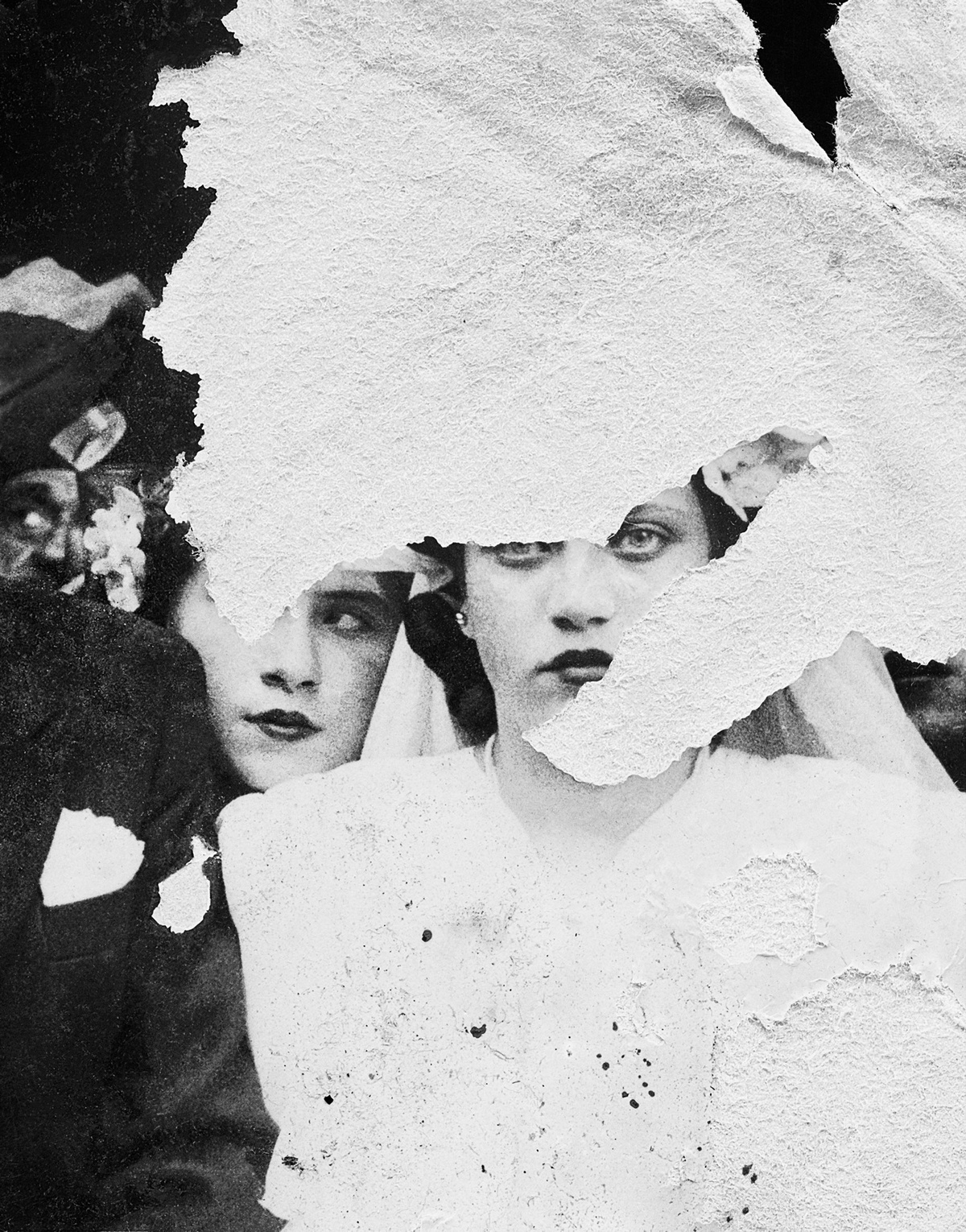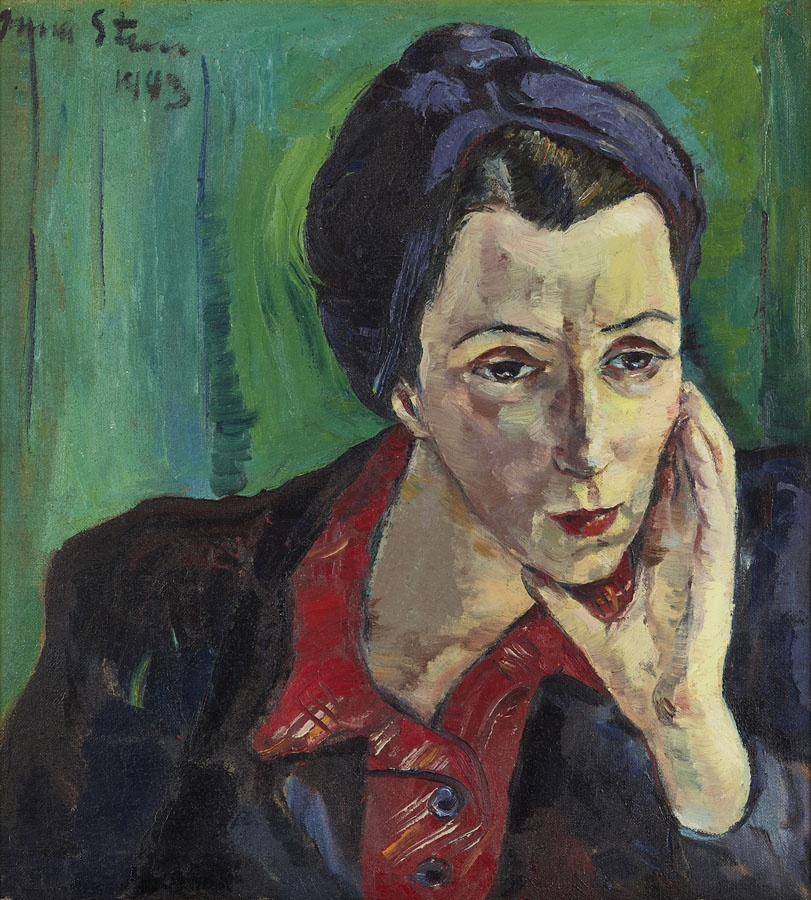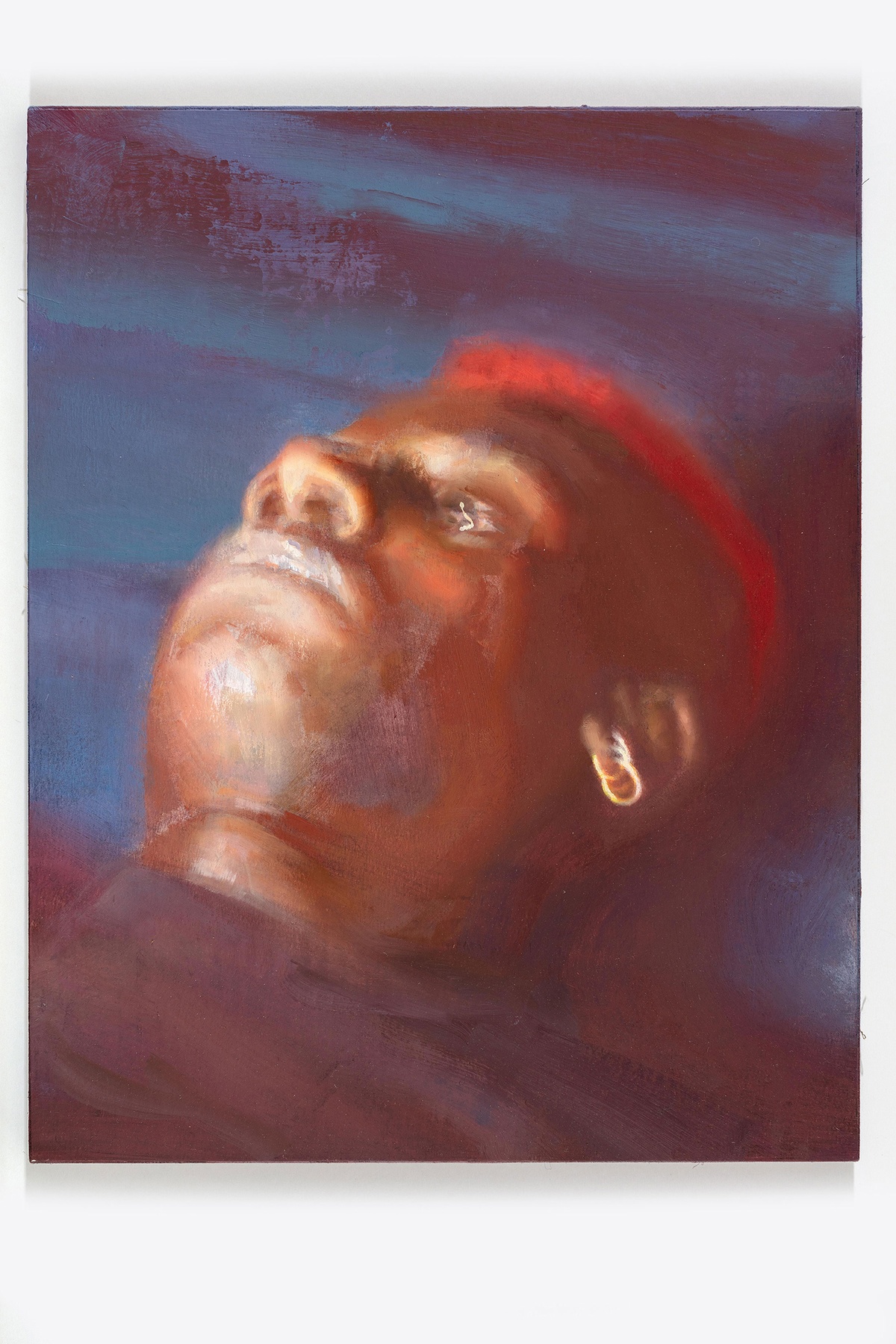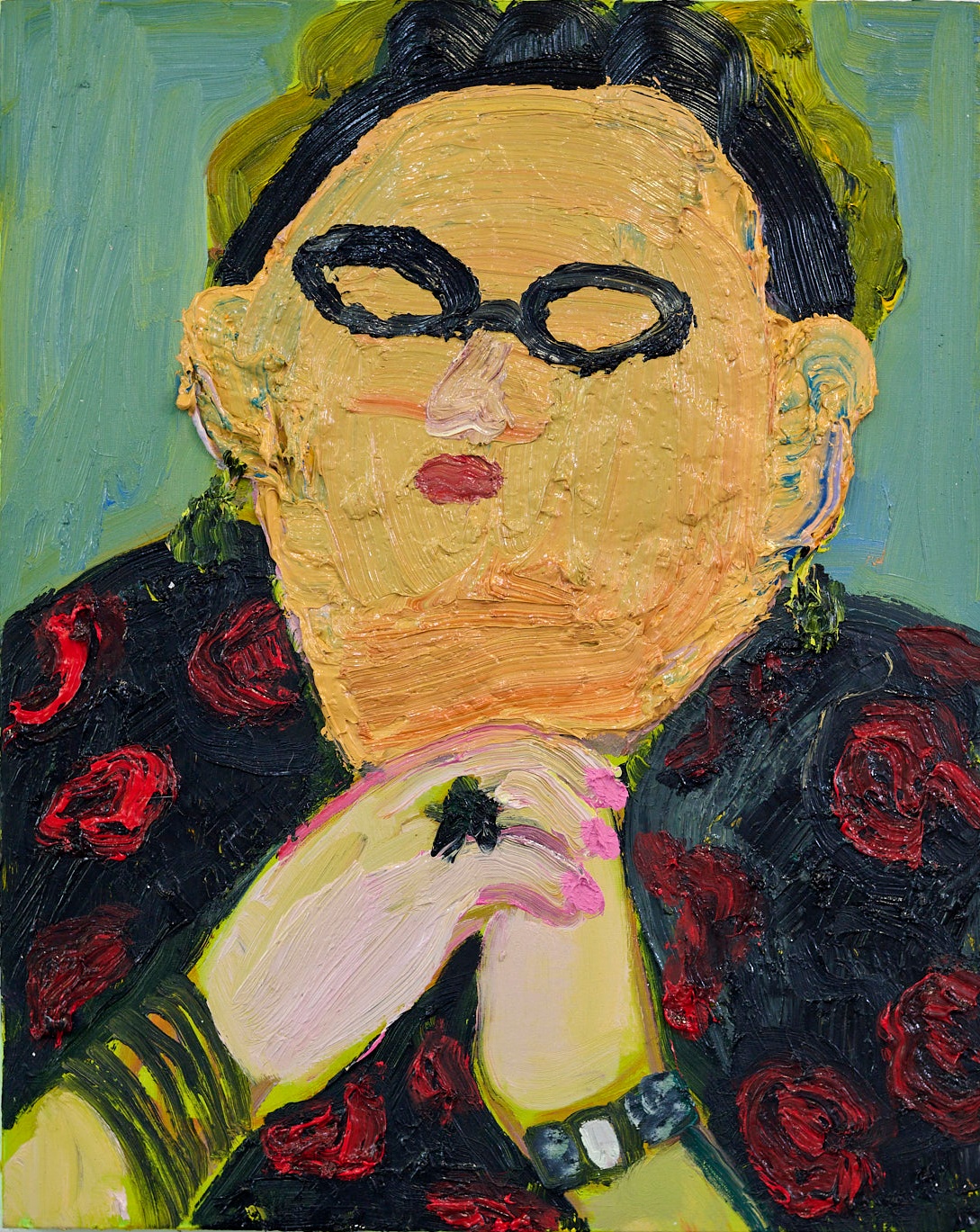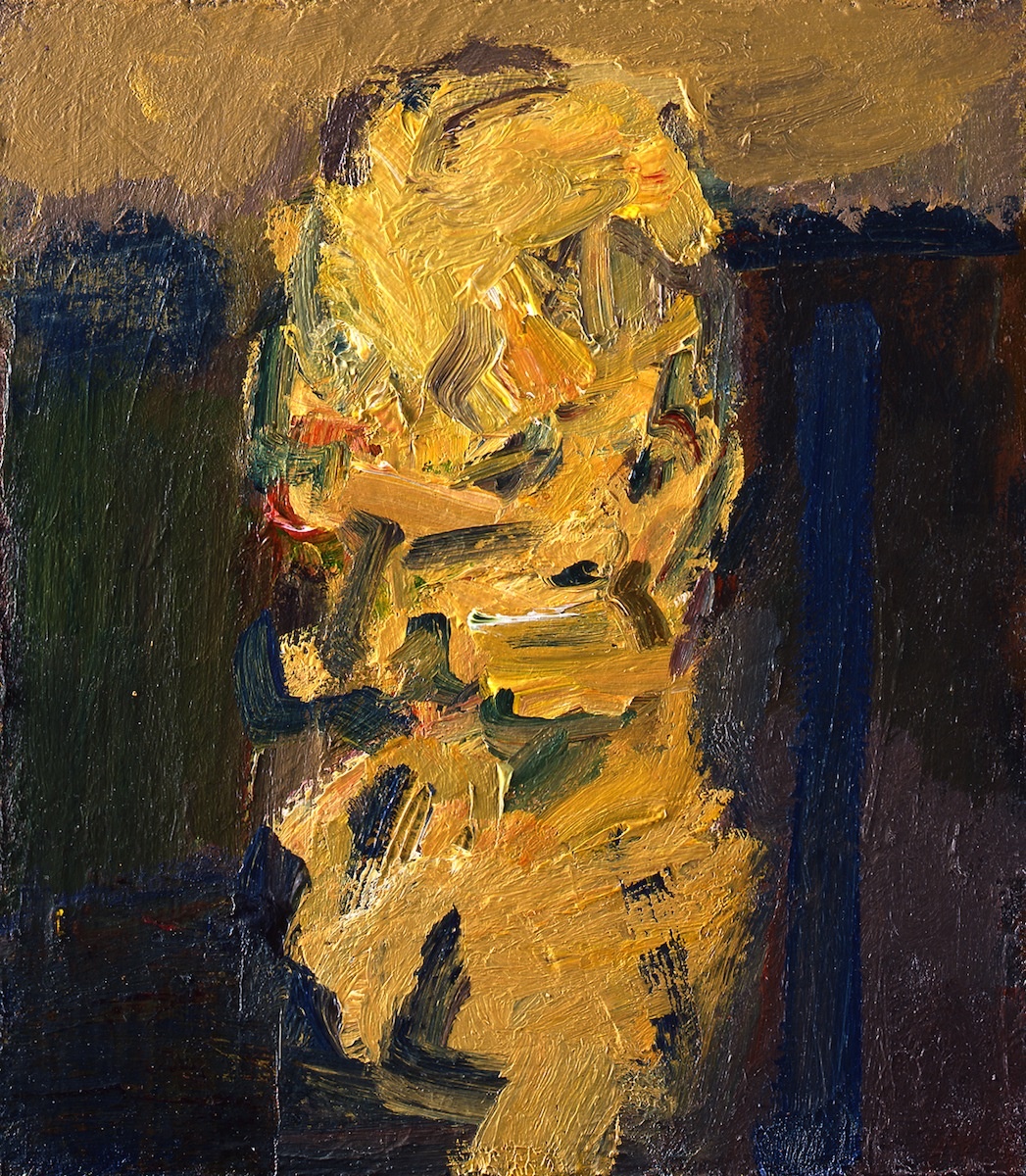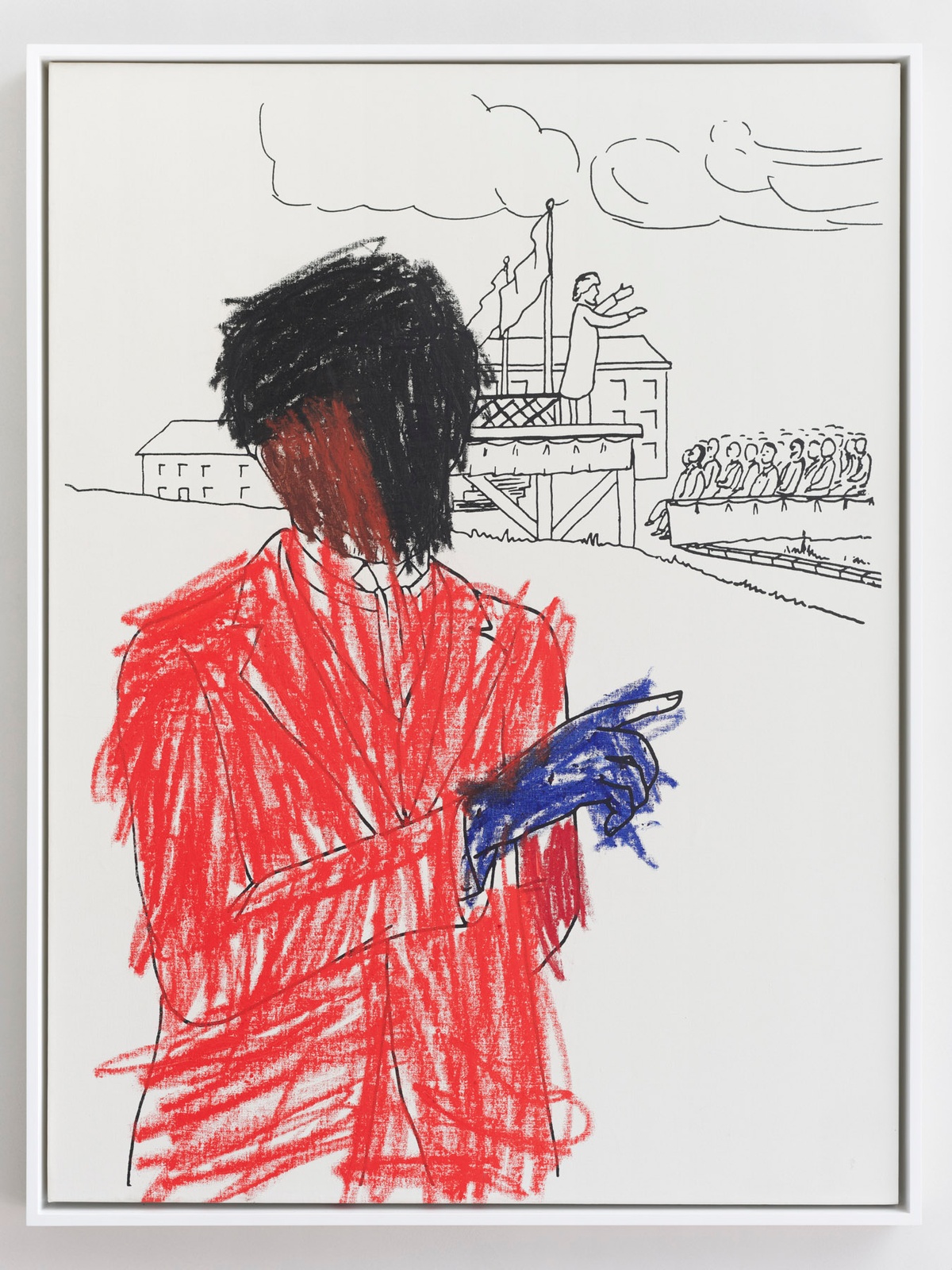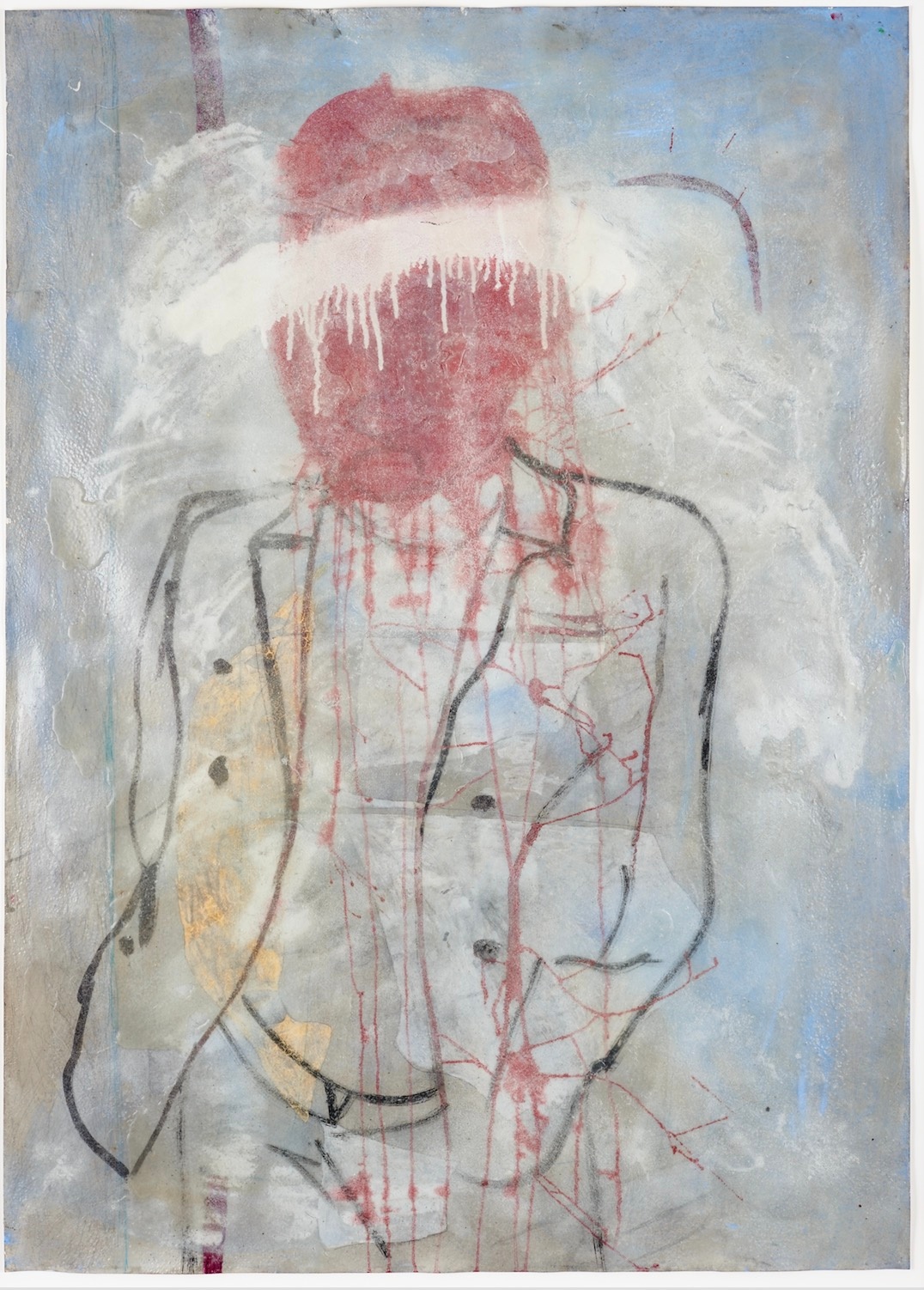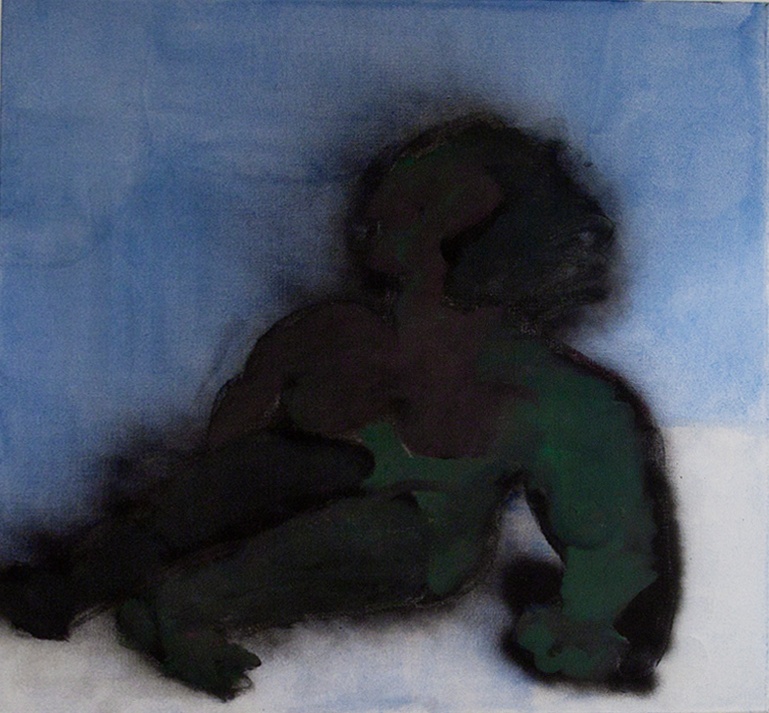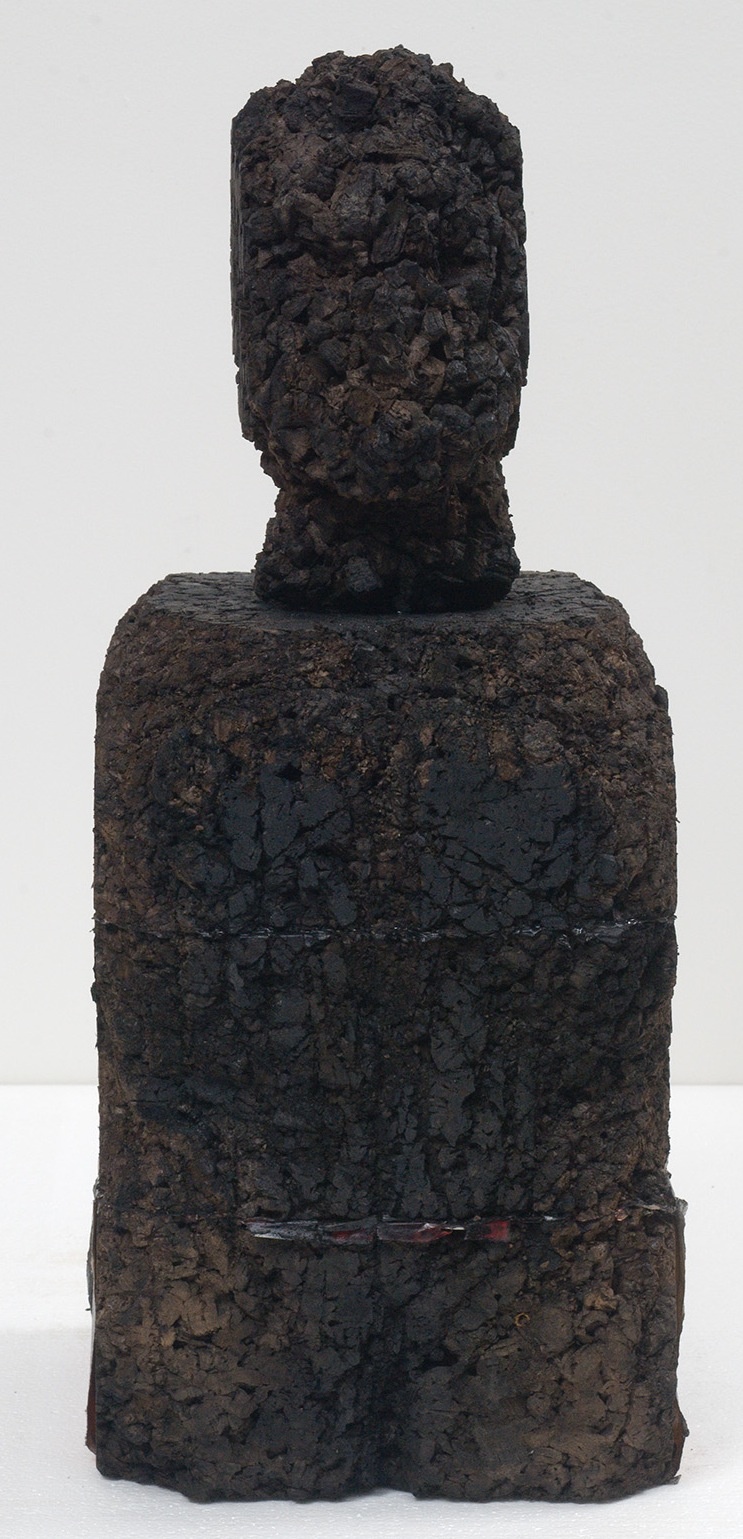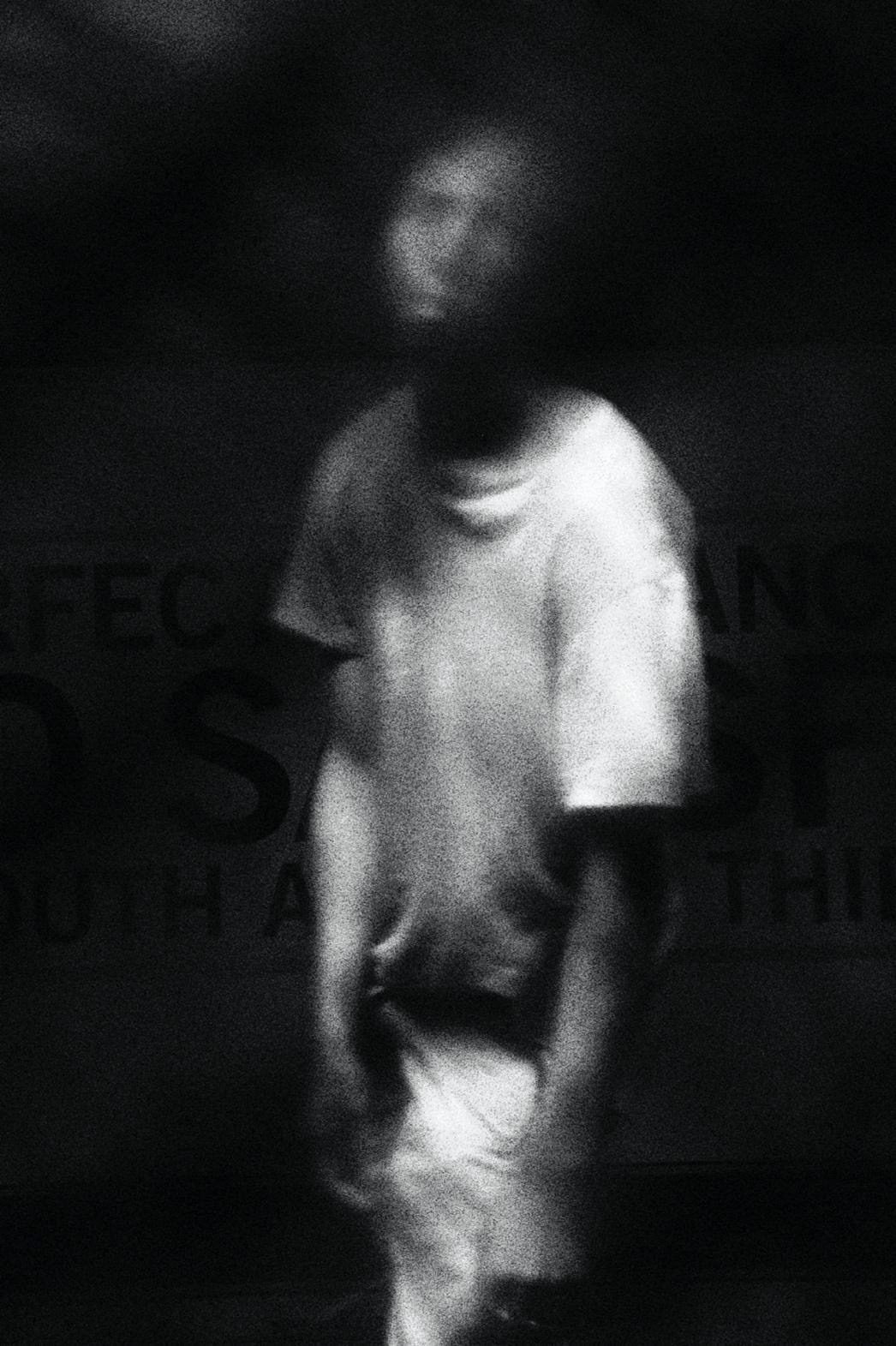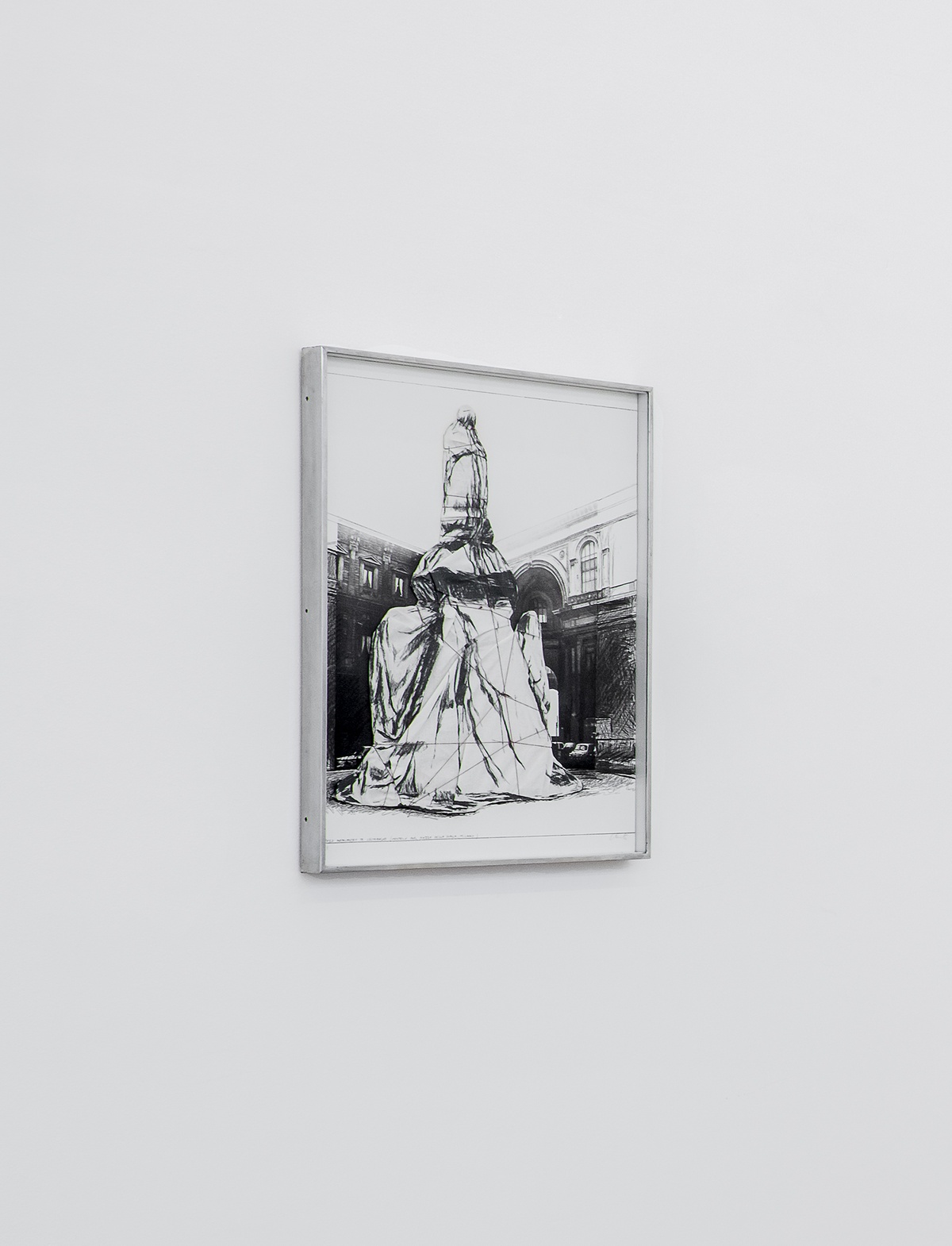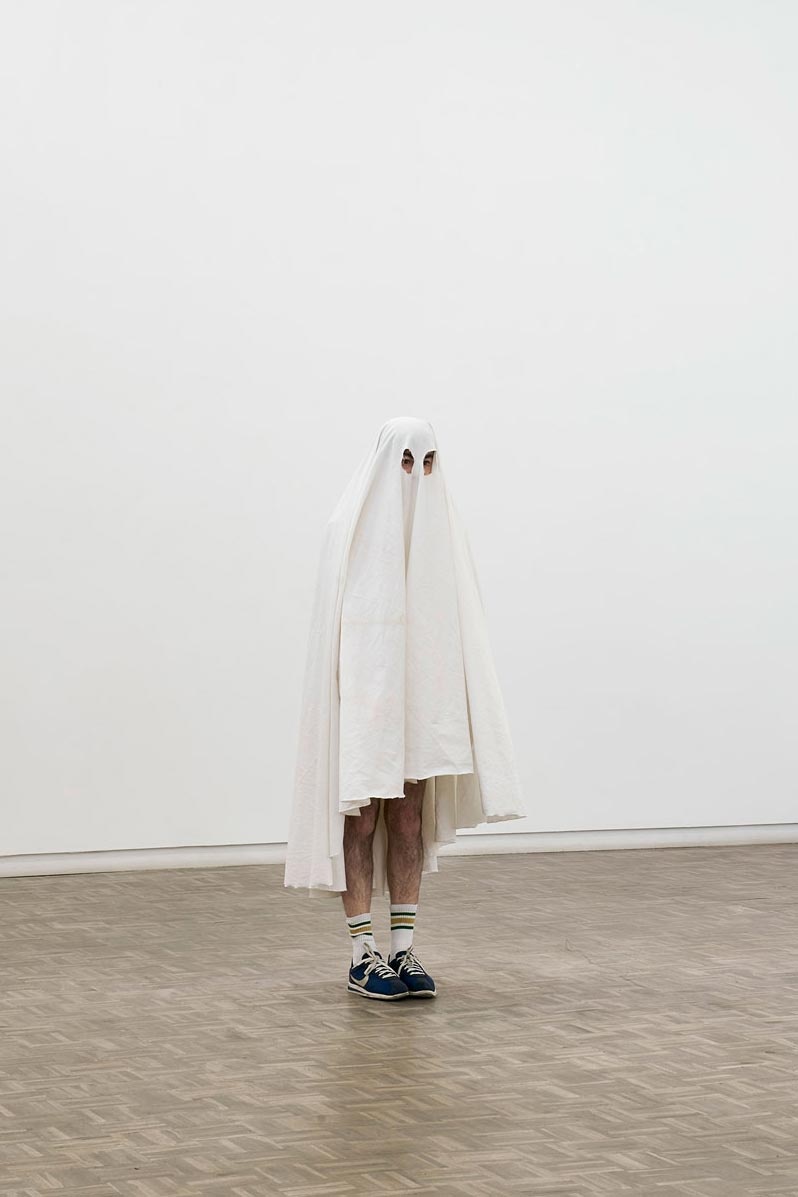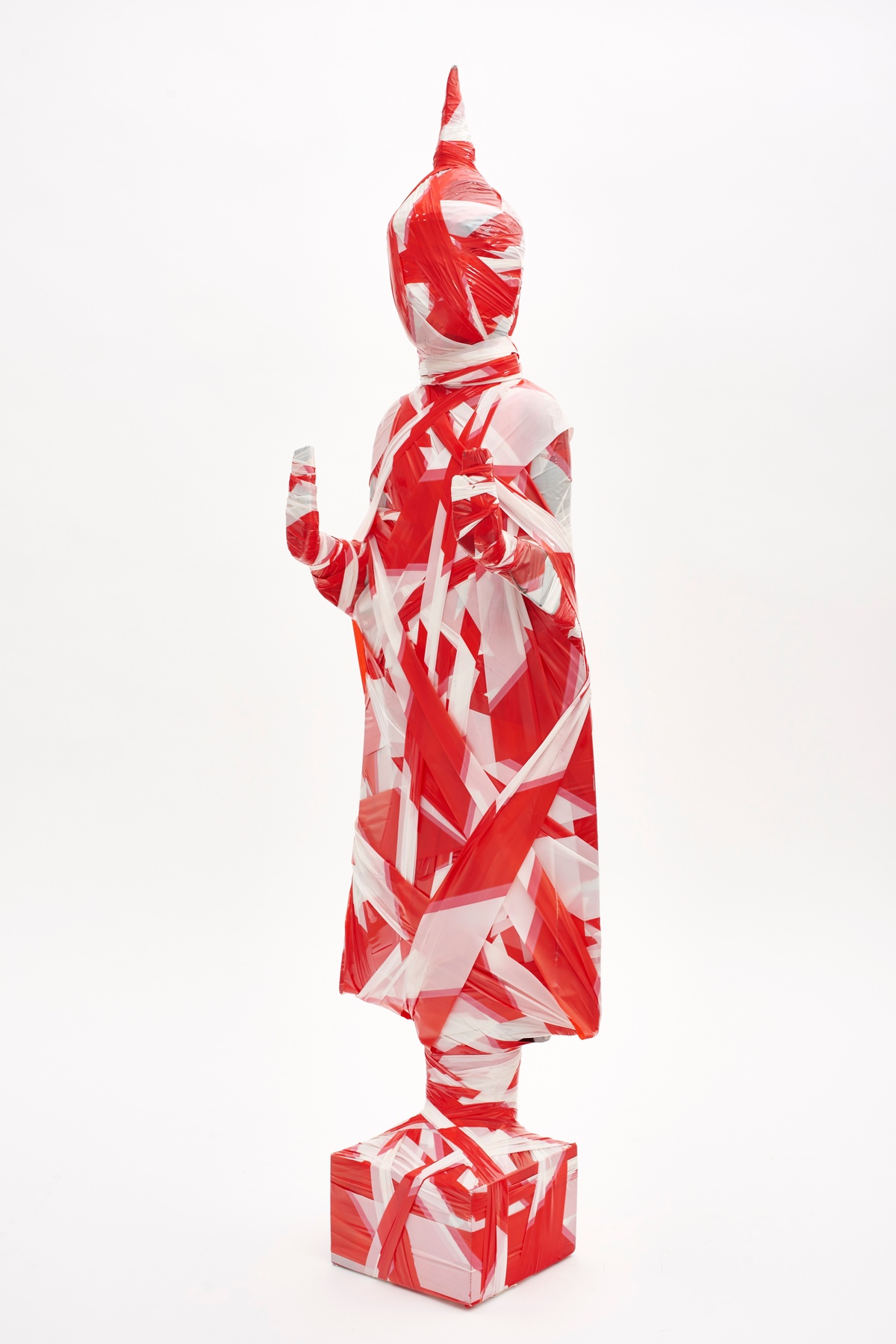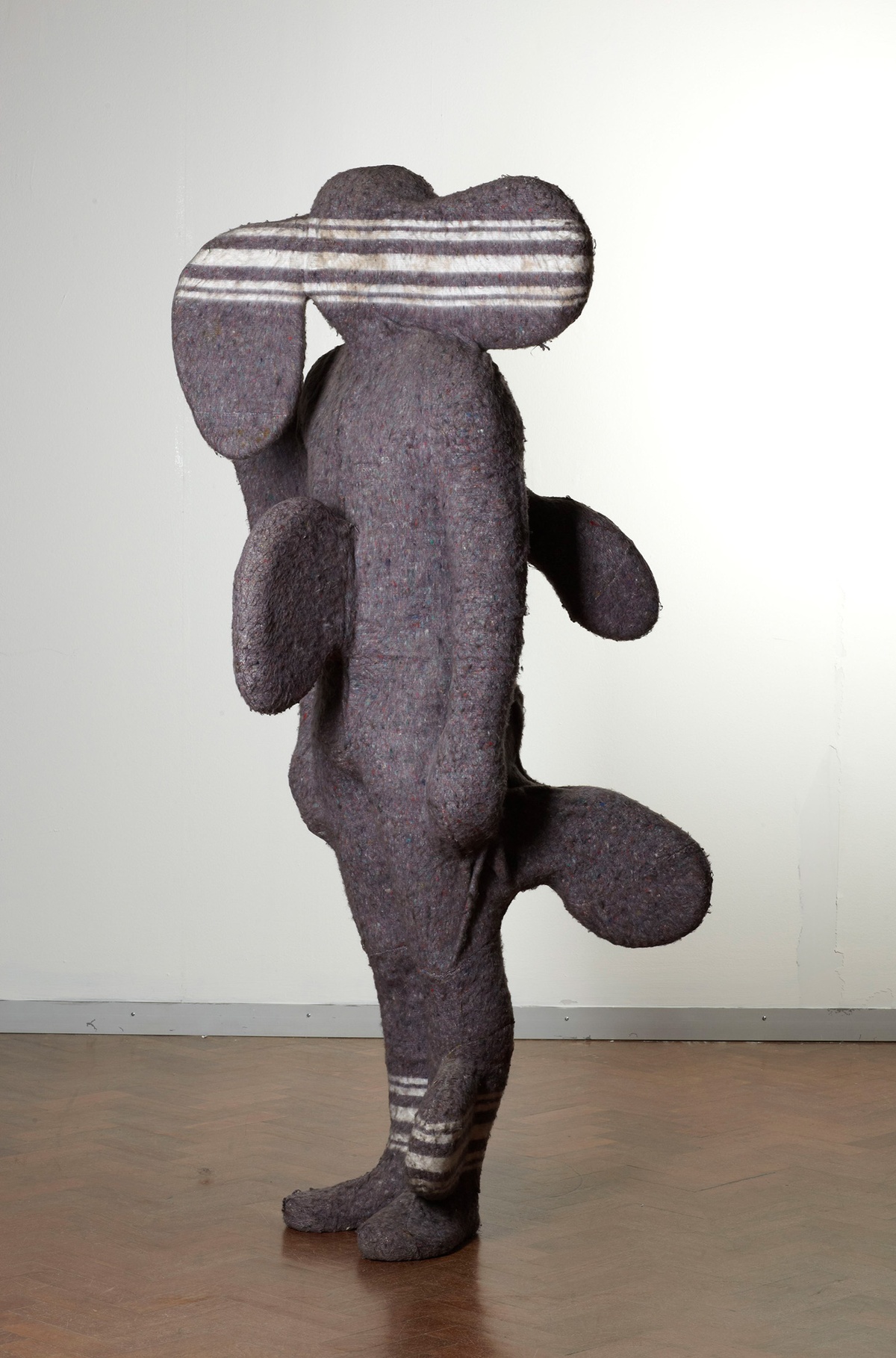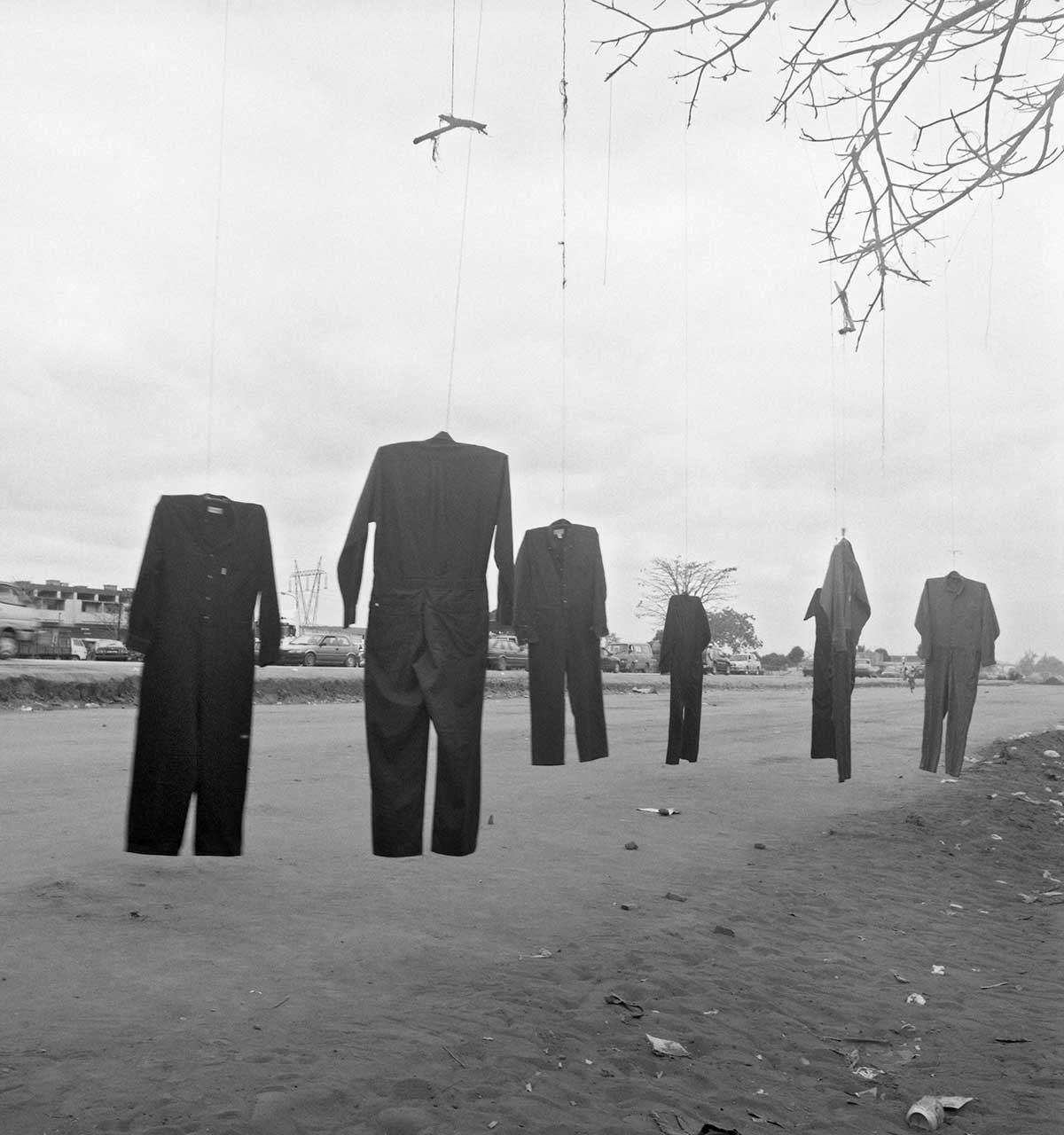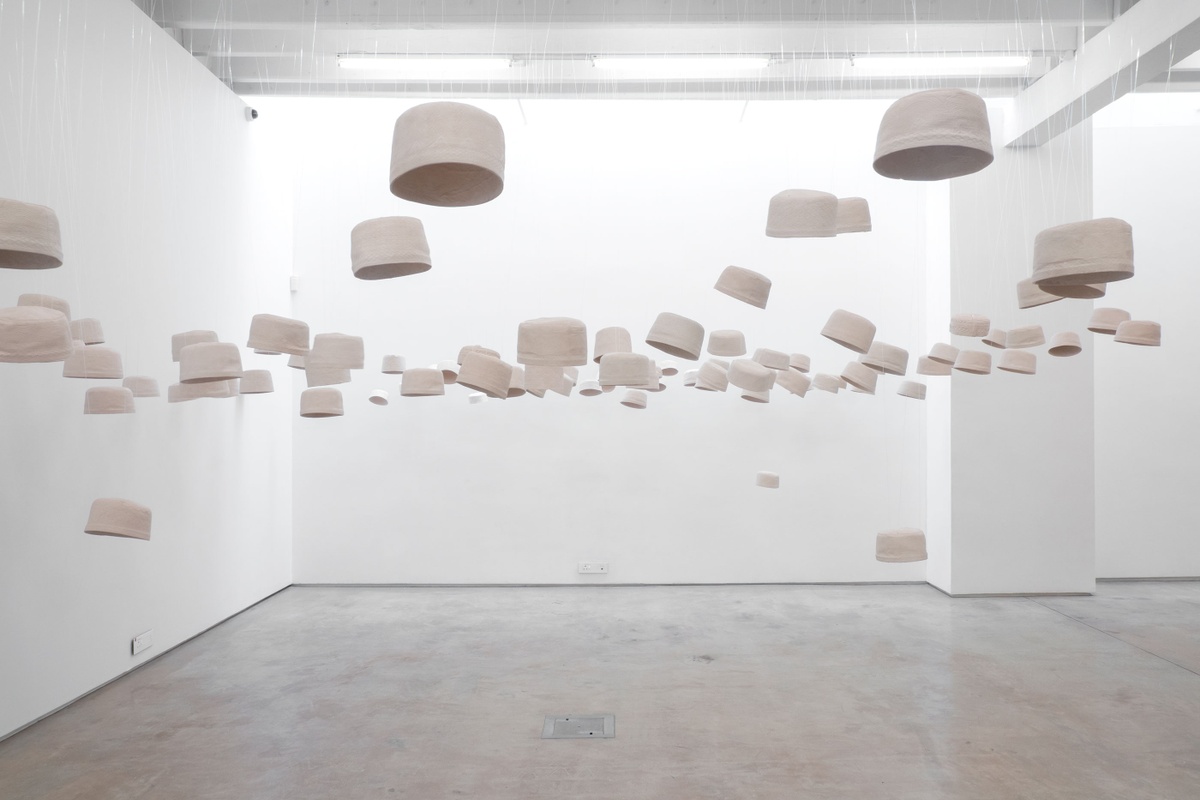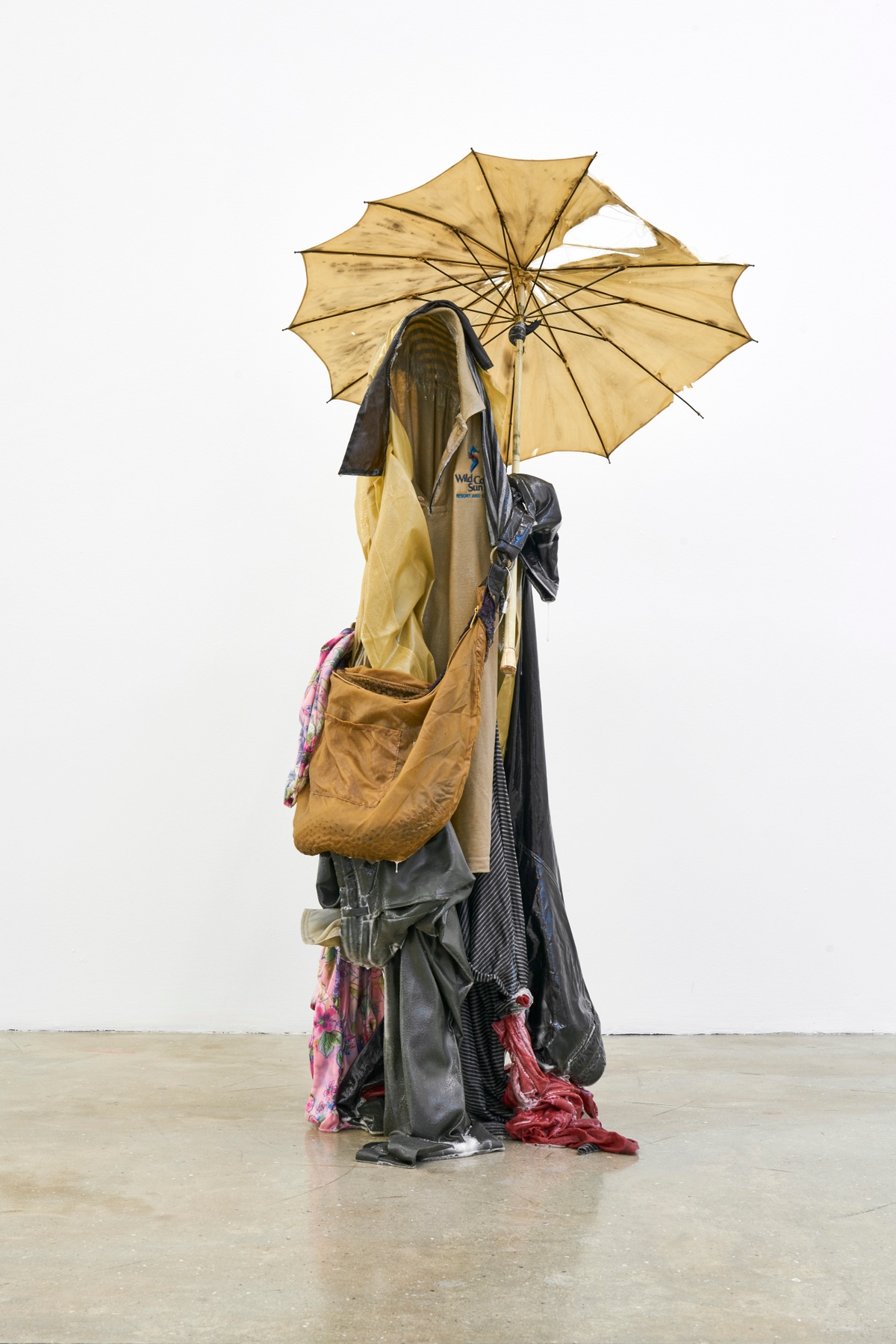Kendell Geers

Twilight of the Gods (Buddha) is one of a series of works made with found statues of religious figures wrapped in red-and-white hazard tape. To the artist, obscuring these figures is a symbolic gesture of defacement and denial. His iconoclasm, however striking, is largely benign (the statues remain not only intact but recognisable). In this way, the figures’ status as icon is at once affirmed and gagged, their images rendered dangerous, a hazard best avoided.
b.1968, Johannesburg
“For a long time,” the writer Sophie Perryer observes, “the name Kendell Geers was inevitably preceded in the South African press by the words enfant terrible.” Nowadays, however, Geers would rather his name be followed by his chosen epithet, AniMystikAKtivist. Regardless, his work remains provocative, confrontational and brash. His medium of choice is found objects, particularly those that offer a latent threat of violence, such as broken glass, barbed wire, hazard tape and sirens. The Terrorist’s Apprentice (2002) is a notable example of the conceptual clarity and material minimalism of Geers’ practice (the work consists of only a single safety match). Unconcerned with social niceties, the artist challenges structures of power and value – from religion to politics – with dark, sardonic humour and irreverence. “Art,” he says, “is the only legal form of moral transgression.” Then: “If you want to destroy something, make it a fashion." A word of advice, a warning.
